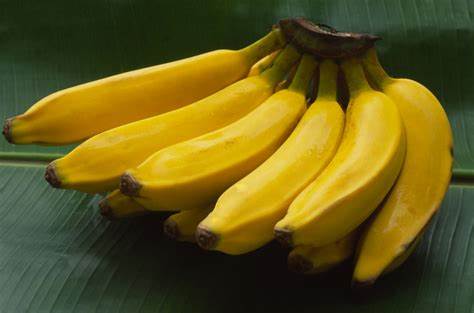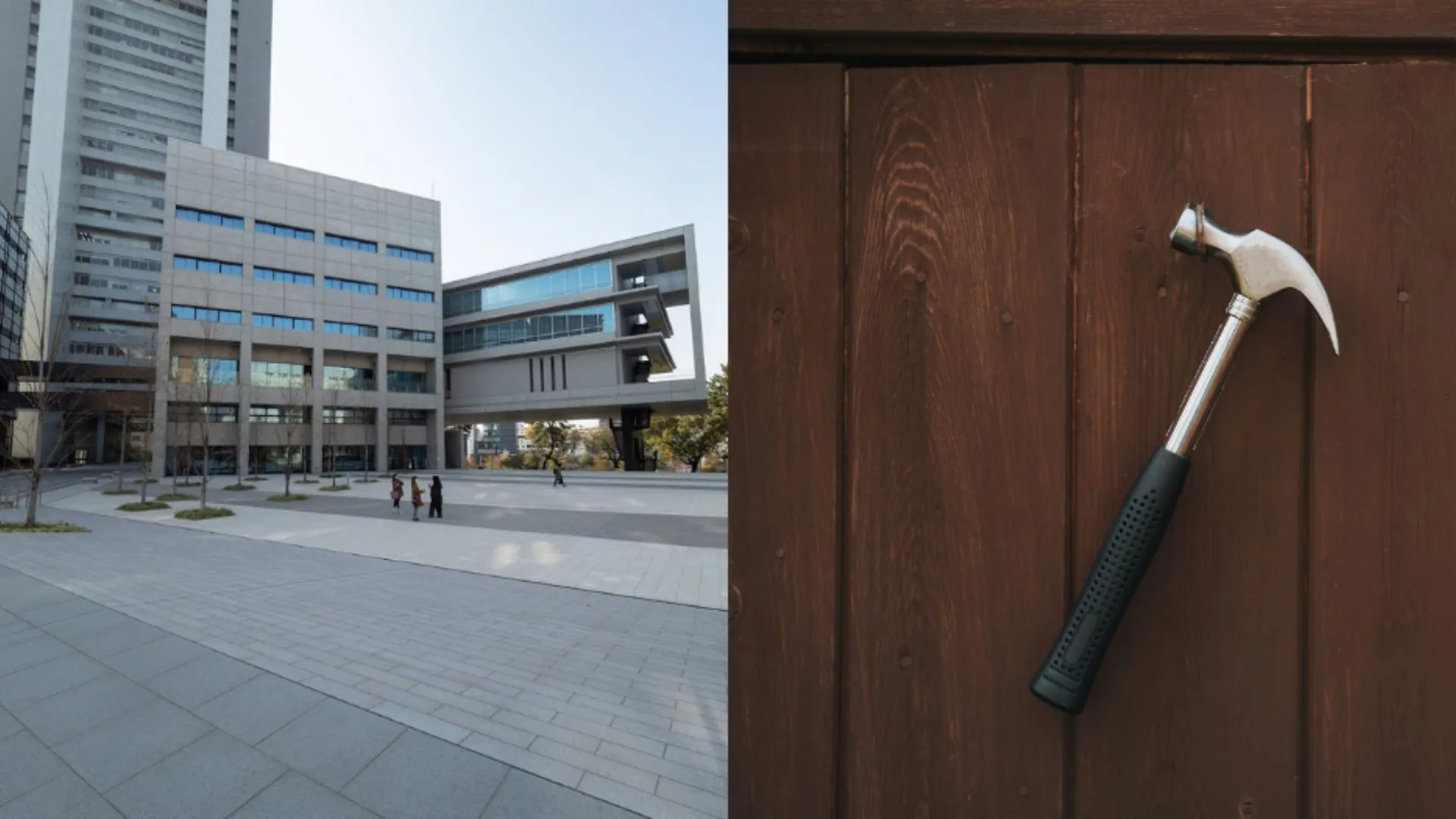People on the island of New Guinea are said to have cultivated bananas 7,000 years ago. However, the history of banana domestication is convoluted, and their classification is widely discussed as the borders between species and subspecies are sometimes ambiguous.
Now, a study in Frontiers in Plant Science shows that this history is even more complex than previously thought. The results confirm that the genome of today’s domesticated varieties contains traces of three extra, as yet unknown, ancestors.
Complex domestication history
Domesticated bananas (except for the Fei bananas in the Pacific) are thought to be descended from a cluster of four ancestors either subspecies of the wild banana Musa acuminata, or distinct but closely related species. M. acuminata seems to have evolved in the northern borderlands between India and Myanmar, and to have existed across Australasia approximately 10 million years before it was first domesticated. A further complication is that domesticated varieties can have two (‘diploid’), three (‘triploid’), or four (‘tetraploid’) copies of every chromosome, and that many are also descended from the wild species M. balbisiana.
Recent smaller-scale studies suggest that even this already complex scenario might not be the whole story, and that further ancestors related to M. acuminata could have been involved in the domestication. The new results not only confirm that this is indeed the case, they also show for the first time that these gene pools are common in domesticated banana genomes.
Banana collecting missions
The authors sequenced the DNA in 226 extracts of leaf extracts from the world’s largest collection of banana samples at The Alliance of Bioversity International and CIAT’s ‘Musa Germplasm Transit Centre’ in Belgium. Among these samples, 68 belonged to nine wild subspecies of M. acuminata, 154 to diploid domesticated varieties descended from M. acuminata, and four more distantly related wild species and hybrids as comparisons. Many had previously been gathered on dedicated ‘banana collecting missions’ to Indonesia, the island of New Guinea, and the autonomous region of Bougainville.
The researchers first measured the levels of relatedness between cultivars and wild bananas and then made ‘family trees’ based on the diversity of 39,031 Single Nucleotide Polymorphisms (SNPs). They used a subset of these—evenly spread across the genome, with each pair demarcating a block of approximately 100,000 ‘DNA letters’—to statistically analyse the ancestry of each block. They detected traces of three further ancestors in the genomes of all domesticated samples, for which no matches are yet known from the wild.
Mystery ancestors might survive somewhere
The mystery ancestors might be long since extinct. “But our personal conviction is that they are still living somewhere in the wild, either poorly described by science or not described at all, in which case they are probably threatened,” said Sardos.
Sardos et al. have a good idea where to look for them. “Our genetic comparisons show that the first of these mystery ancestors must have come from the region between the Gulf of Thailand and west of the South China Sea. The second, from the region between north Borneo and the Philippines. The third, from the island of New Guinea.”























